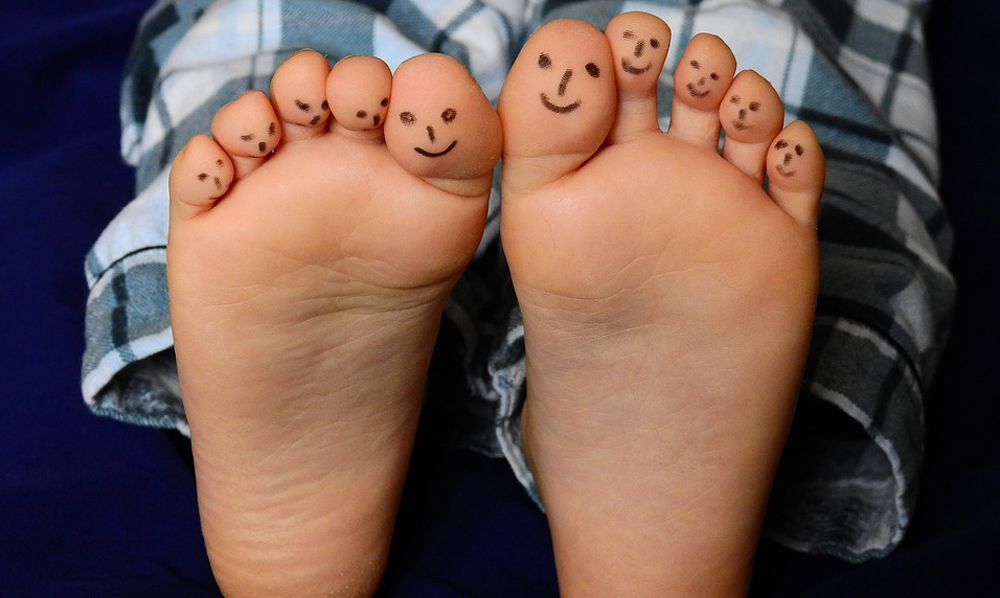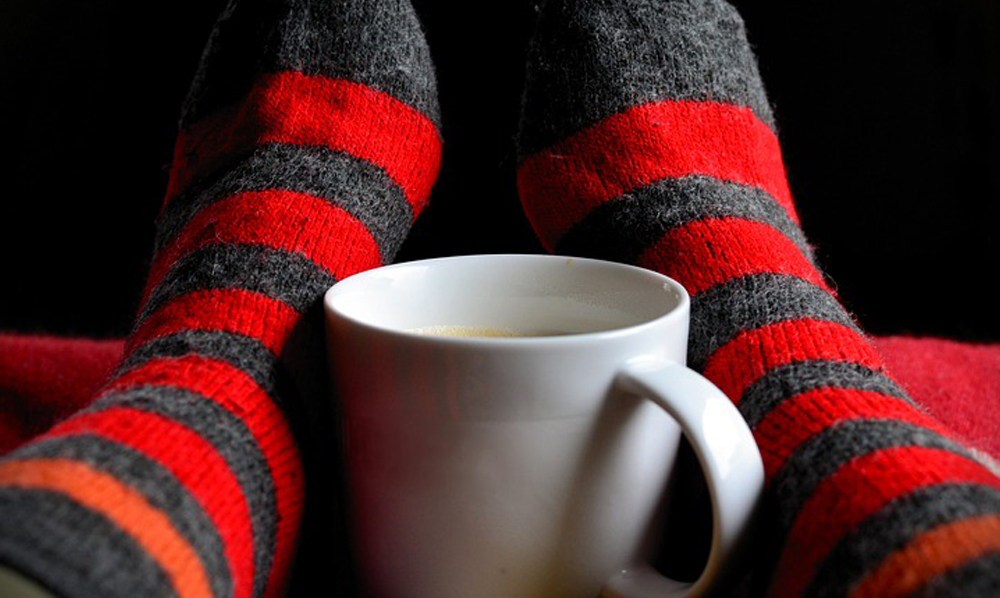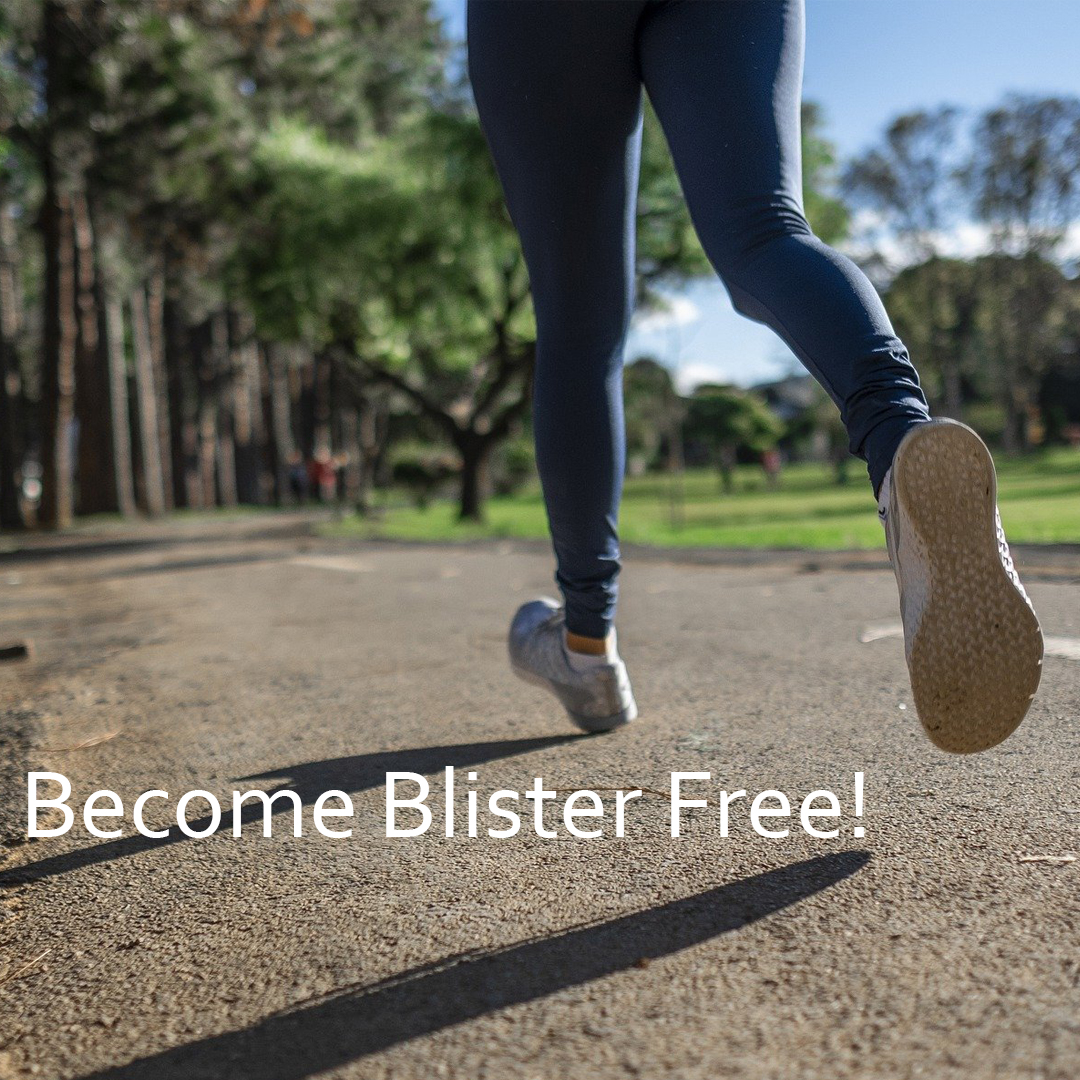Wearing the Right Socks to Avoid Blisters
Wearing the right pair of socks to prevent blisters is an essential part of your clothing routine. Whether you’re an athlete who has to attend regular training sessions, or your lifestyle in general just consists of a lot of walking and physical activity, you are probably well accustomed to the formation of blisters every other day. One reason for this, which may not be the first one to occur to you, is the kind of socks you wear.
Understanding why blisters form in the first place, and then using that knowledge to find the perfect pair of socks to prevent blisters helps to minimise them.
Why Do Blisters Form In The First Place?
Blisters can be a result of friction acting on your feet. Anything rubbing against your skin can cause these fluid-filled sacks to form inside your skin and can be extremely painful. They can great worse in warm and moist conditions since friction acts with a greater force then. Thus, it’s extremely important to account for these reasons while selecting the kind of socks to use and avoid all these conditions.

What Kind of Socks to Wear to Avoid Blisters?
Find the Right Fit
Wearing socks that are your size and fit you perfectly is the first step in the process of finding anti-blister socks. If your pair of socks are too small for you, they’ll worsen the frictional force acting on your skin, thereby resulting in gigantic, painful blisters. Similarly, socks bigger than your actual size can be loose, cluster up inside your shoes, and increase friction and blisters.
Pick the Ideal Fabric
Cotton socks are the biggest no-no when it comes to anti-blister fabrics because of how it exposes your feet to moisture, despite absorbing it. Some recommended fabrics that eliminate moisture insulate rather than absorb heat, and keep your feet cool, dry, and blister-free are nylon, polyester, merino wool, and Coolmax. These materials allow your feet to feel airy and ventilated while also wicking away the moisture and/or sweat within.
How Thick is Thick Enough?
Depending on the activity, picking the suitable thickness for your socks is important so that they can provide you with extra cushioning when you need it for activities like running, and feel lighter for the other appropriate tasks, such as walking. Thicker or layered socks also help keep your foot in place during the more strenuous work to avoid moving around and friction within the feet.

Check for Bacteriostatic Features
Last, but not least, if you plan on wearing your socks for long durations of time, it’s extremely important that you check whether your socks are bacteriostatic, as the growth of bacteria can make your feet vulnerable to weakness and blisters via any possible infections.
Summing it all up, pay attention to the kind of socks you wear and whether they are suitable for your needs or not. When shopping for socks to prevent blisters, the ideal kind of fabric, thickness, size, and other such factors can greatly contribute to your comfort level by preventing friction and absorbing the moisture that can lead to blisters. A little bit of attentiveness can go a long way in maintaining your foot health.



 Connor Doughty
Connor Doughty